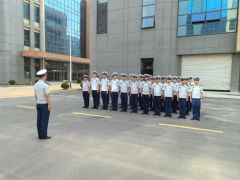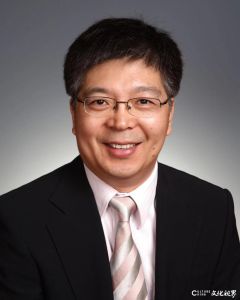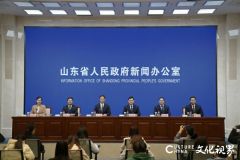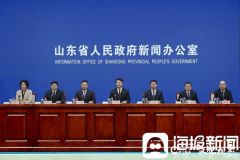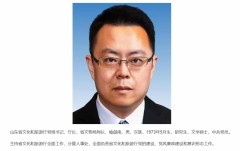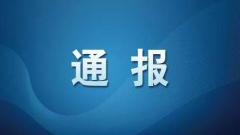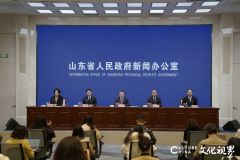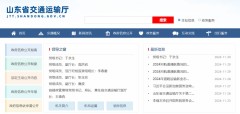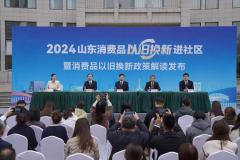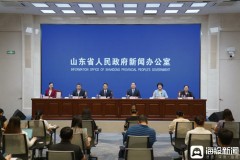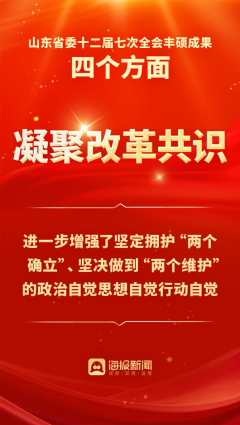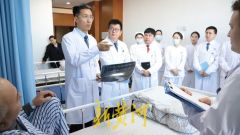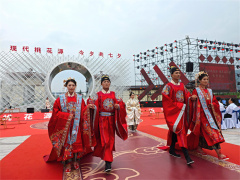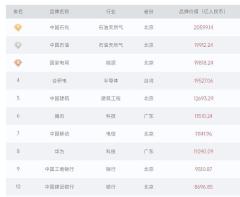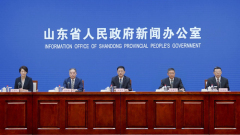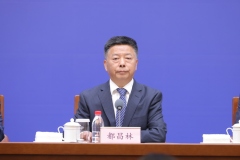
展览:静谧的迷狂—王小松个人展览
策展人:姜俊
出品人:陈珈
展览时间:2023.11.26 — 2024.3.15
开放时间:上午11:00 -下午7:00, 周一闭馆
展览地点:广州市番禺区迎宾路348号 - 岁集院子二楼
联系人:罗小姐 18923097218
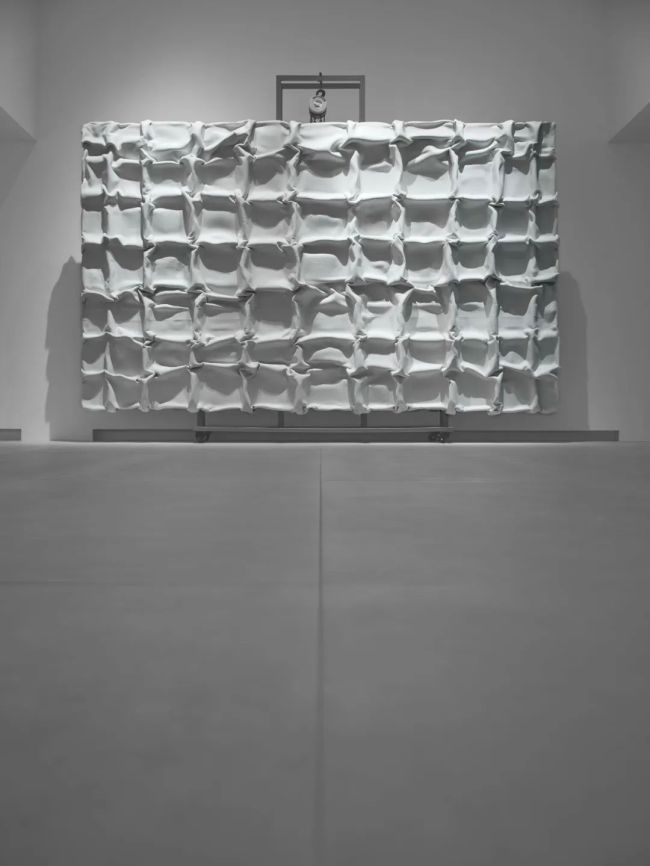
▲箴言Proverbs
230x375cm|2019|综合材料
他的创作在模仿上世纪精神性信仰下又悖论式地反讽了这一意识形态的“迷狂”,并将当下情绪的瞬间凝固在永恒的静谧之中。
(文/姜俊,艺术批评家、策展人)

▲ 感官 Sense Organ
175x175cm|2018|综合材料
艺术家王小松的作品让人想到20世纪50年代美国的抽象表现主义,如巴尼特·纽曼(Barnett Newman)、马克·罗斯科(Mark Rothko),或者60年代美国艺术批评家格林伯格所谓的“后绘画性抽象”(Post-Painterly Abstraction),如莫里斯·路易斯(Morris Louis)、弗兰克·斯特拉(Frank Stella)、埃尔斯沃斯·凯利(Ellsworth Kelly)、艾德·莱因哈特(Ad Reinhardt)……
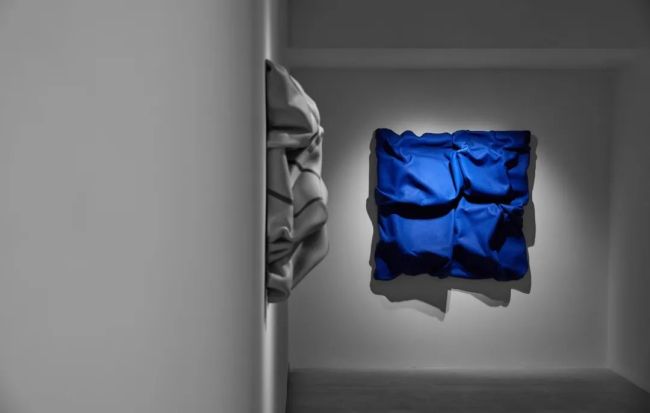
▲加密Encryption
130x130cm|2019|综合材料
艺术家对于上世纪抽象艺术史的挪用和戏仿正体现了一种典型的当代性:一方面是对于晚期现代主义经典的致敬,另一方面却又是一种调侃和反讽。起伏的皱褶代替了绷平整的画框,仿佛彼时对于“精神性”“崇高感”“超越性”的追求和信仰正遭受着不同的扭曲,即今天我们所生活的状态——“后意识形态”(post-ideology)。画面中悖论的张力显而易见,让我们在当下和怀旧的心绪中摇摆,在信仰和虚无间徘徊。

▲本能Instinct
78x193cm|2019|综合材料
除此之外,王小松的作品还让我想到了巴洛克的雕塑,特别是贝尼尼《圣特蕾莎的迷狂》,那戏剧化的衣纹上下起伏、左右翻滚,在静谧的大理石材料中烘托出了圣特蕾莎的精神状态——迷狂。他的作品介于绘画和雕塑之间,仿佛是对于巴洛克雕塑中人物衣纹的抽象化截取。

▲ 重组程式 Recombinant Formulae
80x90cm|2023|综合材料
在西方艺术史传统中,运用衣纹来表达人物的精神气质源远流长,可以追溯到古希腊雕塑。这一传统特别是在意大利的巴洛克时代达到顶峰,衣纹将非物质性转化为物质表达,形象化的能量漩涡本身成了主题。灵魂出窍的迷狂状态和波动起伏的布料融为一体,通过坚硬的石材和青铜刻画的长袍、斗篷将具象转变为抽象,从而可以被理解为某种表现主义的前奏。
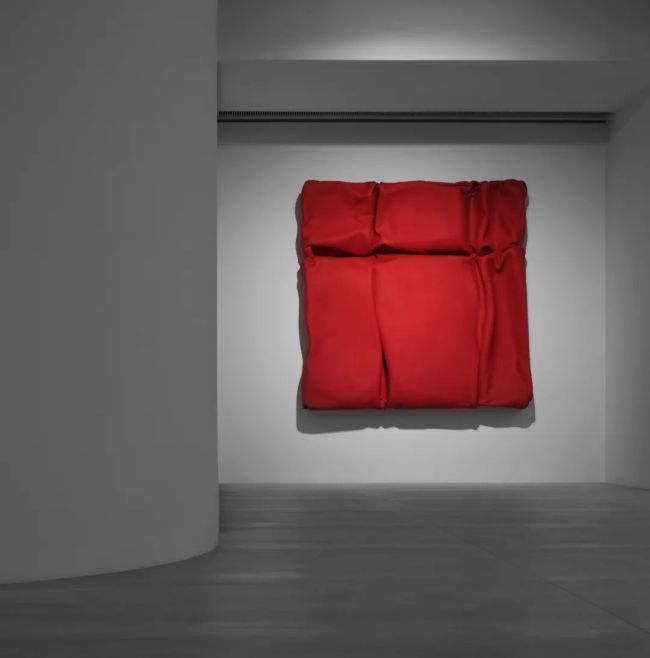
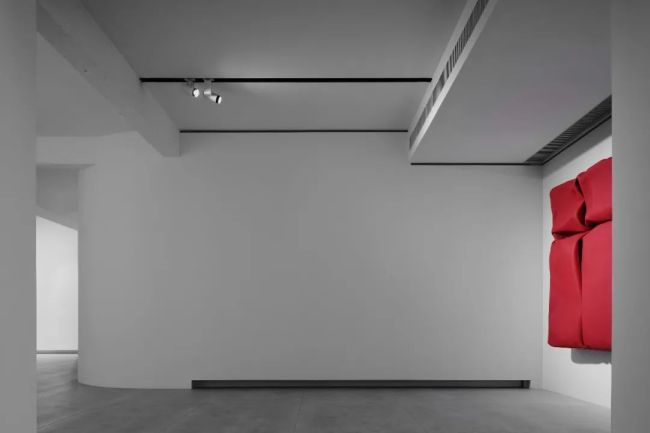
▲ 规则与束缚 Rules and constraints
160x160cm|2019|综合材料
20世纪20-30年代德国表现主义美学开始形成,并迅速跨越了多个艺术门类,在现代舞中,人体的动作直接体现了舞者的心灵,描绘着主体的存在,特别是玛丽·魏格曼。她致力于追求个人表现,使得舞蹈动作能直接唤起和激发观众的情感,从而产生共鸣。
在二战后的60-70年代德国表现主义舞蹈更是在全球范围内独树一帜,区别于将身体视为动作操纵装置的美国形式主义舞蹈。这一表现主义传统不只是存在于舞蹈之中,作为一种国际风潮可以说是众多艺术门类的分母,如绘画、雕塑、音乐、舞蹈……
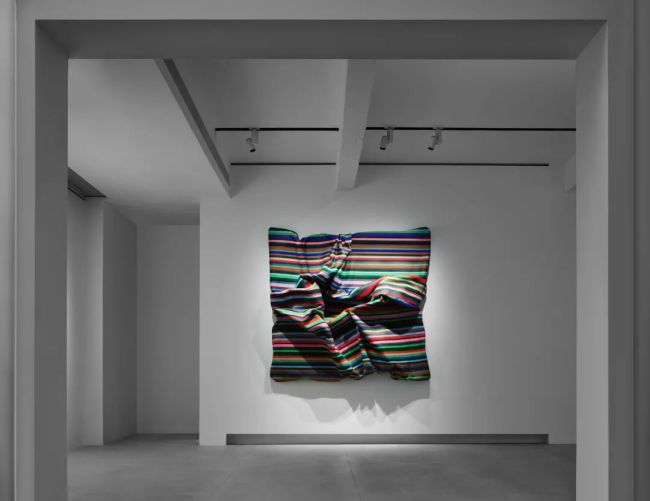
▲彷徨Hesitate
160×165cm|2022|综合材料
在德国长期生活过的艺术家王小松对于当代新表现主义舞蹈的吸收直接聚焦在身体、衣纹和情感的关联之中。他用雕塑的手法将画布塑形,将身体的运动定格,将情绪塑封在平面和立体之间。其作品既可以追溯到巴洛克雕塑中衣纹的表现主义源头,又影射了二战后的抽象绘画。他的创作在模仿上世纪精神性信仰下又悖论式地反讽了这一意识形态的“迷狂”,并将当下情绪的瞬间凝固在永恒的静谧之中。
(文/姜俊,艺术批评家、策展人)
绘画应该深层次地对现代社会的多重机制作出反映,潜在表达人们在面对社会压力与期望时的心理状态。
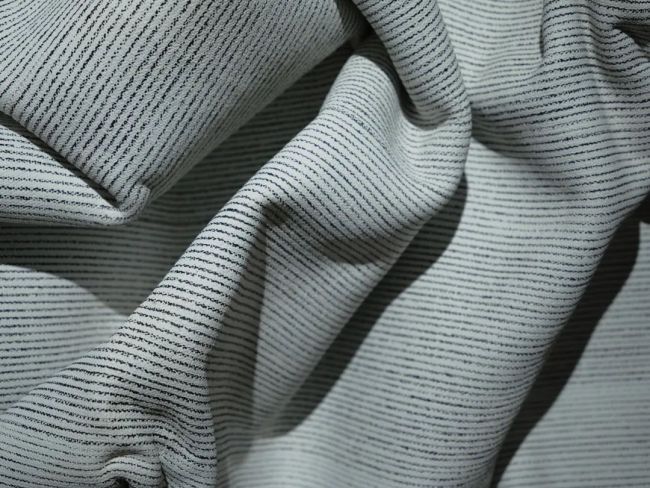
▲超越Surpass(局部)
93x97cm|2022|综合材料
Tranquil Ecstasy
Artist Wang Xiaosong’s work evokes echoes of 1950s American Abstract Expressionism, akin to figures like Barnett Newman, Mark Rothko, and the “Post-Painterly Abstraction” as expounded by American art critic Greenberg in the 1960s, embodied by artists such as Morris Louis, Frank Stella, Ellsworth Kelly, and Ad Reinhardt...
The artist’s appropriation and emulation of 20th-century abstract art history exemplify a typical contemporary approach: a homage to late modernist classics while simultaneously engendering in the form of mockery and irony. Undulating folds supplant taut canvas frames as if the pursuit of “spirituality,” “sublimity,” and “transcendence” of that era undergoes different distortions, symbolic of our contemporary state — a “post-ideology.” The evident paradoxical tension within the imagery oscillates between the present and nostalgia, hovering between belief and emptiness.
Additionally, Wang Xiaosong’s works also evoke parallels with Baroque sculpture, particularly Bernini’'s “The Ecstasy of Saint Teresa.” The dramatic fluctuations and cascading movements of the clothes within the serene marble material serve to accentuate the spiritual state of Saint Teresa—ecstasy. His works occupy intermediary space between painting and sculpture, abstracting and fragmenting the creases of figures in Baroque sculptures.
Within the annals of Western art history, the utilisation of clothing folds to manifest a character’s spiritual disposition has an extensive lineage, tracing back to ancient Greek sculpture. This tradition, notably prominent during the Italian Baroque era, transmuted immateriality into material expression, where the vortex of figurative energy itself became the focal point. The ecstatic state of the soul and the undulating fabric merge, transforming the representational into the abstract through the solid stone and bronze-crafted robes and cloaks. This metamorphosis may be constructed as a prelude to a form of expressionism.
During the 1920s-30s, German Expressionist aesthetics commenced taking shape, transcending diverse art forms. In the realm of modern dance, bodily movements directly mirrored the dancer’s spirit, delineating the subject’s existence, especially evident in Mary Wigman's dance. She pursued individual expression, enabling dance movements to rouse and stimulate the audience's emotions, thereby fostering resonance.
In the post-World War II era of the 60s-70s, German Expressionist dance attained global singularity, distinct from American formalist dance that perceived the body merely as a manipulative instrument. This expressionist tradition is not only present in dance but as an international zeitgeist impacting various art forms such as painting, sculpture, music, and dance...
Having extensively resided in Germany, artist Wang Xiaosong’s absorption of contemporary Neo-expressionist dance focuses directly on the nexus between the body, creases, and emotions. He employs sculptural techniques to mould the canvas, congeal bodily movements, and encapsule emotions between the two and the three-dimensions. His works hark back to Expressionism, roots of creases in Baroque sculpture while alludes to post-war abstract painting. His creations mimic the spiritual beliefs of the last century, paradoxically satirizing this “ecstasy” of ideology, and freezing the fleeting moments of current emotions in eternal tranquillity.
(Jiang Jun,Art critic, curator)
艺术家|ARTIST
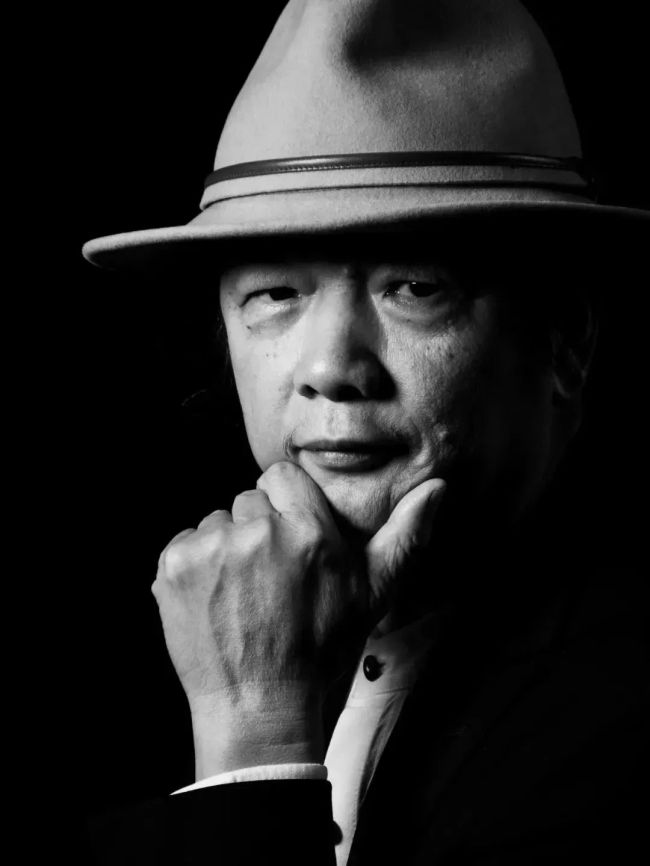
王小松
1987年毕业于中央工艺美术学院(现清华大学美术学院),1997年获柏林艺术大学大师生学位。现任浙江大学艺术与考古学院副院长,教授、博导,浙江大学当代艺术研究所所长。
王小松始终坚守以传统“油彩与布面”为主要媒介与形式,在不断实践中突破了传统绘画中固有矩形外框或者其它几何形边界的视觉定义,提出了具有革新性的“多维度绘画”理念。“多维度绘画”旨在探讨弯曲与皱褶空间的艺术表现形式。王小松将平面绘画里的线条、色彩、构图、肌理等变量,延伸至多维立体空间,运用大面积单色铺陈、凹凸的画面等,竭力探讨弯曲空间中绘画形式与变量间的关系,同时不断探索如何充分利用不同的材料,在画面上折射出中西方双重文化的共性与矛盾。在画布“凹入”与“凸出”的多维度皱褶空间里,绘画以“折叠”的方式被塑造,在凸显材料媒介的“物质性”的同时,使画面整体成为“视觉空间的连续体”和真实可触的空间,并表现出超越材料形式之外的生命与灵魂,以弯曲的形状隐喻当下人性的焦虑与精神困境以及多变性,使作品发人深思。
主要收藏
阿联酋王室|阿拉伯联合酋长国,奥地利舒茨艺术典藏|奥地利,奥地利维也纳艺术家美术馆|奥地利,巴威尔艺术基金|德国,德国路德维希科布伦茨当代博物馆|德国,德国吕贝克圣安娜美术馆|德国,希腊拉里萨现代艺术中心|希腊,广东美术馆|广州,四川美术学院美术馆|重庆,印如精舍|台北,中国奥林匹克委员会|北京,中国国际进口博览会|上海,及其他机构或私人藏家。
Wang Xiaosong
Wang Xiaosong graduated from the Central Academy of Arts and Crafts (now the Academy of Arts & Design, Tsinghua University) in 1987 and obtained a master’s degree from Berlin University of the Arts in 1997. He currently serves as the Vice Dean, Professor, and Doctoral Supervisor at the School of Arts and Archaeology, Zhejiang University, concurrently holding the position of Director at Zhejiang University Institute of Contemporary Art.
Wang Xiaosong has consistently adhered to the traditional use of “oil and canvas” as the primary medium and form. Through continuous experimentation, he has transcended the visual definition of the inherent rectangular frame or other geometric boundaries in traditional painting. Wang Xiaosong introduced the innovative concept of “Multidimensional Painting.” This concept aims to explore artistic expressions within curved and wrinkled spaces. Wang Xiaosong extends variables such as lines, colors, compositions, and textures from two-dimensional flat painting to multidimensional spatial forms. By utilising extensive monochromatic layouts, textured surfaces, and other techniques to explore the relationship between painting forms and variables in curved space. Simultaneously, he continuously explores how to fully utilise different materials to reflect the commonalities and contradictions of Eastern and Western dual cultures on canvas. In the multidimensional wrinkled space where the canvas “concaves” and “convexes,” paintings are shaped in a “folded” manner. While emphasizing the “materiality” of the medium, the artwork transforms into a “continuum of visual space” and a tangible space. It expresses life and soul beyond the material form, using curved shapes as a metaphor for the current human anxiety, spiritual challenges, and variability. This approach prompts profound contemplation.
Main Collections
United Arab Emirates (Royal families of the UAE), Austria (Schütz Fine Art, Vienna Künstlerhaus, Barwell Arts Foundation), Germany (Ludwig Museum Koblenz, Lübeck St. Anne’s Museum), Greece (Larissa Contemporary Art Center), Guangdong Museum of Art (Guangzhou), Sichuan Fine Arts Institute Art Museum (Chongqing), Yin Ru Studio (Taipei), Chinese Olympic Committee (Beijing), China International Import Expo (Shanghai), and other institutions or private collectors.
策展人|CURATOR

姜俊
姜俊是策展人、艺术批评家。他现任同济大学建筑与城市规划学院博士后,他曾毕业于德国明斯特艺术学院,后获得中国美术学院艺术学博士学位。他专注于公共艺术研究,以及当代艺术和城市治理的跨界融合研究。姜俊是第四届“中国设计大展及公共艺术专题展”(2023)、“化作通变:第七届广州三年展”(2023)、“时间引力——2023成都双年展”策展人之一。
Jiang Jun
Jiang Jun is a curator and art critic. He is currently a postdoctoral fellow at the School of Architecture and Urban Planning, Tongji University. He graduated from Kunstakademie Muenster in Germany and later received a doctorate from the China Academy of Art. He focuses on public art research, as well as the cross-boundary integration of contemporary art and urban governance. Jiang Jun is one of the curators of the 4th China Design Exhibition and Public Art Thematic Exhibition (2023), The 7th Guangzhou Triennale (2023), and the Gravity of Time - 2023 Chengdu Biennale.
出品人|PRODUCER

陈珈
广州美术学院视觉艺术设计学院教师,中国美术学院跨媒体艺术学院-当代艺术与社会思想研究所访问学者。岁集院子创始人之一,见艺术当代艺术空间创始人之一,艺术总监。
Chen Jia
Lecturer of the School of Visual Arts and Design at the Guangzhou Academy of Fine Arts. She serves as a visiting scholar at the InterMedia Arts School and Institute of Contemporary Art and Social Thoughts at the China Academy of Art. She is the co-founders of Suyab Courtyard and co-founders and artistic director of toSEE ART contemporary art space.
(来源:toSEEART见艺术)



